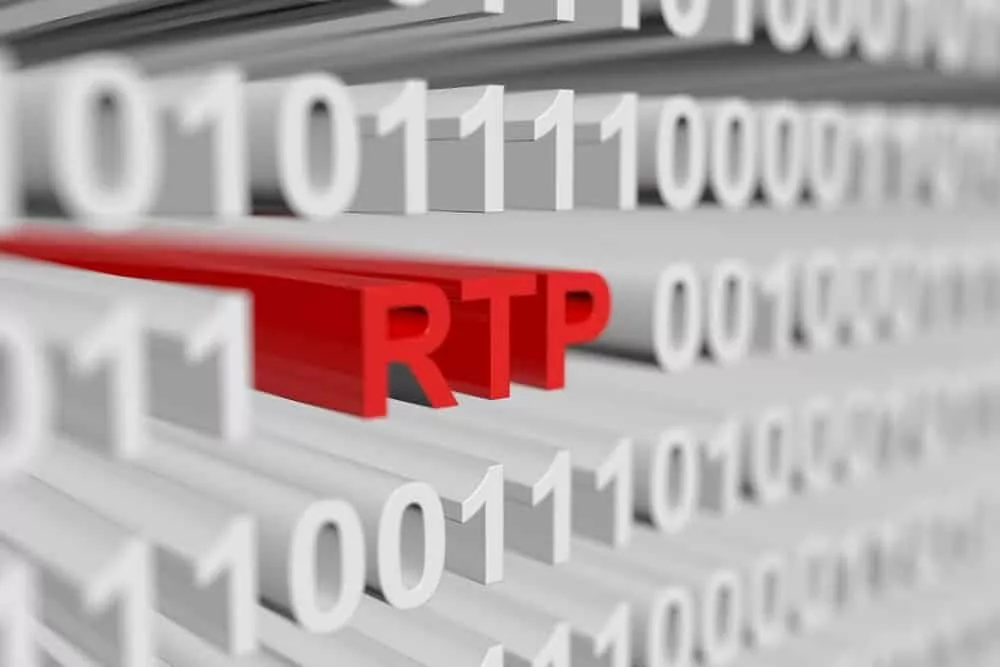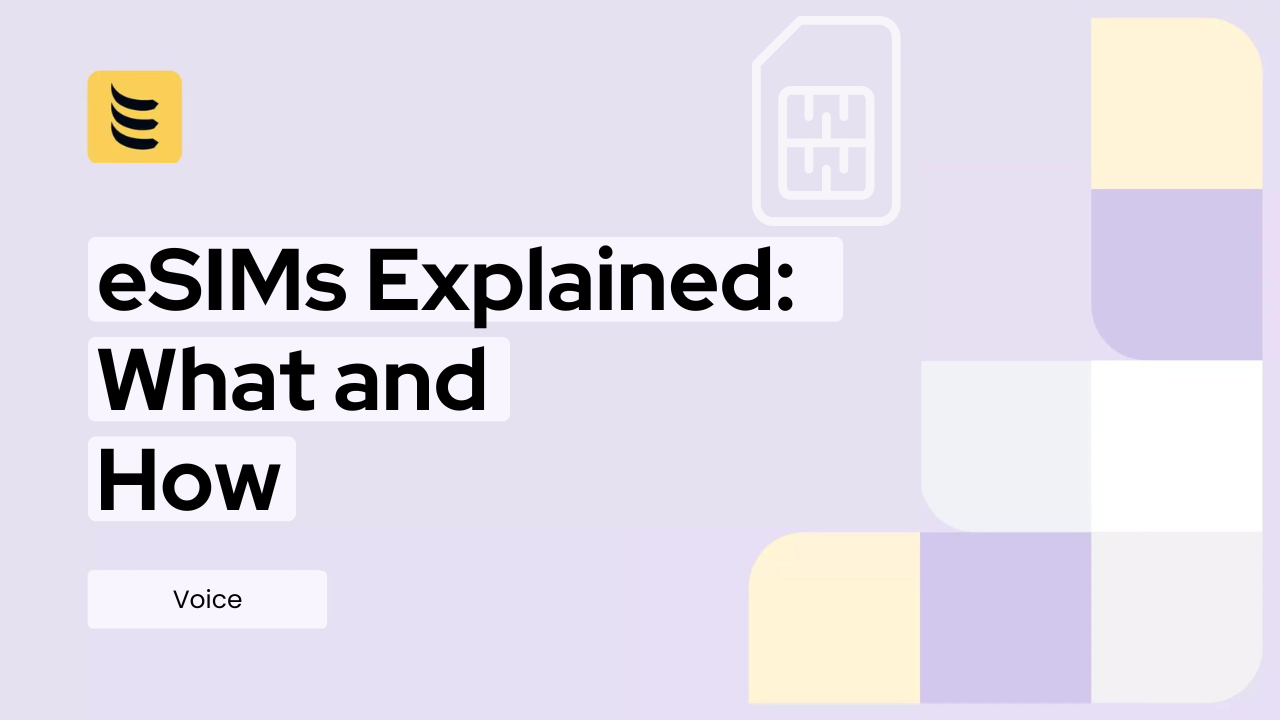Real-time transport protocol (RTP) is a way of structuring data packets so that they can be delivered across the internet at lightning speeds and reassembled into a smooth flowing stream suitable for delivering voice or multimedia in a natural way. Without such a protocol, voice over IP would be impossible.
The evolution of VoIP telephony
When wired terrestrial phone systems first came into use in the 1880s, each call was carried in the form of a continuous electrical signal travelling along a single wire or series of wires. If you wanted to call Birmingham instead of London, an operator would physically connect you to a different wiring route by rearranging a jack plug. That method continued almost unchanged until the 1960s.
Telephone calls that could find their own way across a congested telephone network came with the introduction of digitally switched exchanges based upon the newly available transistors.
When data is streamed across today’s internet, it is divided into a series of packets and wrapped inside instructions that help it to perform the requisite switching. Each packet can then squeeze through internet traffic bottlenecks as bandwidth permits. Although it is really fast, internet traffic isn’t unlike urban road traffic – with queues, red lights, crossings, one-way streets and toll bridges to navigate. As a result, it is unlikely that packets will arrive in the same order in which they were sent, so each packet is marked with its proper place in the stream so that it can be reassembled on arrival.
Real-time Transfer Protocol
There are a variety of ways to wrap data inside additional layers of information to control how it is routed, but delivering a real-time experience has some very specific requirements. For example, if you were sending an executable file across the internet, the speed with which it arrives and is reassembled is unimportant but you cannot lose any data, so there is constant error checking and often requests for packets to be resent. (File Transfer Protocol was developed to do that). In contrast, when sending a conversation, it’s better to drop a missing packet than to delay the delivery of the reassembled audio. If both audio and video are being streamed, there must be additional safeguards to keep them tightly synchronised.
In practice, communication protocols such as RTP are usually wrapped inside numerous other protocols – each controlling different aspects of the addressing, switching and data protection (including encryption) required en route. Common examples include IP (internet protocol), UDP (user datagram protocol), and RTCP (real time control protocol). All of these are commonly used when voice termination providers, such as IDT, connect your telephone call, video call or fax message across the internet.
In combination, these protocols even monitor the traffic conditions on the network they are crossing, adapting to signal delays and packet errors to prevent any “jitter” or “echo” degrading the quality of your VoIP conversation or video conference. We’ve come a long way since the 1880s!




